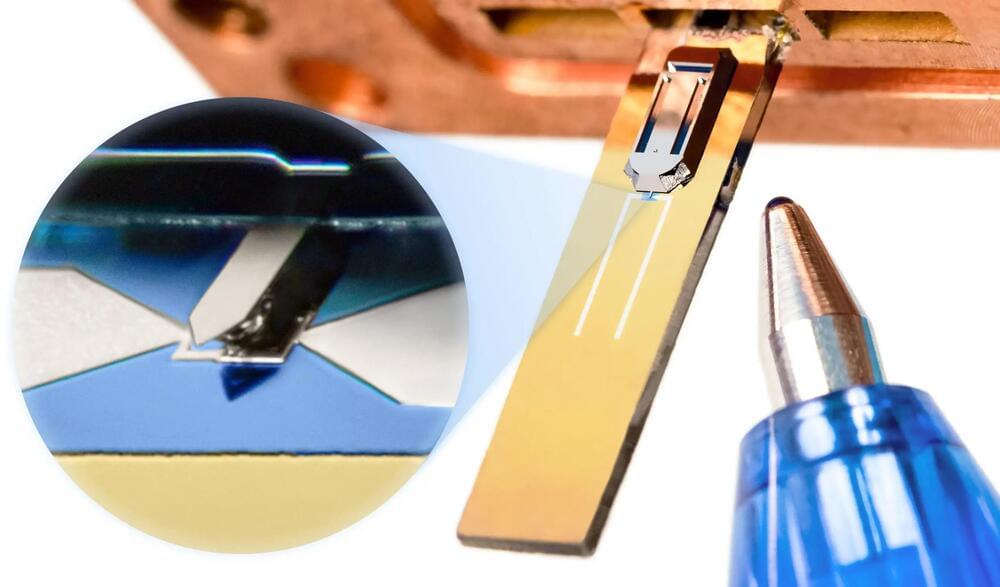Savant syndrome is a strange condition that gives people unique abilities. Although savant syndrome is very rare reported cases gain genius-like abilities in narrow domains. But how can we explain savant syndrome? And could we induce savant syndrome in normal people?
🔬 Subscribe for more awesome biomedical research: https://bit.ly/2SRMqhC
📸 IG: instagram.com/clemens.steinek.
🔬Twitter: https://twitter.com/CSteinek.
Savant syndrome is characterized by unique skills in art, music, mechanics, calendar calculation or maths. Savant syndrome can be acquired through injuries or frontotemporal dementia or be developed in people with autism spectrum disorder. In acquired savant syndrome and autism spectrum disorder, unique connections in the brain led to the condition. In savant syndrome, we often find that the left hemisphere is damaged and the right brain hemisphere has to compensate for this. Based on this observation, we can partially induce savant syndrome like abilities through transcranial magnetic stimulation. Many questions concerning savant syndrome remain but this condition is truly amazing.
0:00–1:10 Intro.
1:10–1:56 What is Savant Syndrome?
1:56–4:02 Acquiring Savant Syndrome.
4:02–5:46 Savant Syndrome and Autism Spectrum Disorder.
5:46–8:39 Can we Induce Savant Syndrome?
Images:





